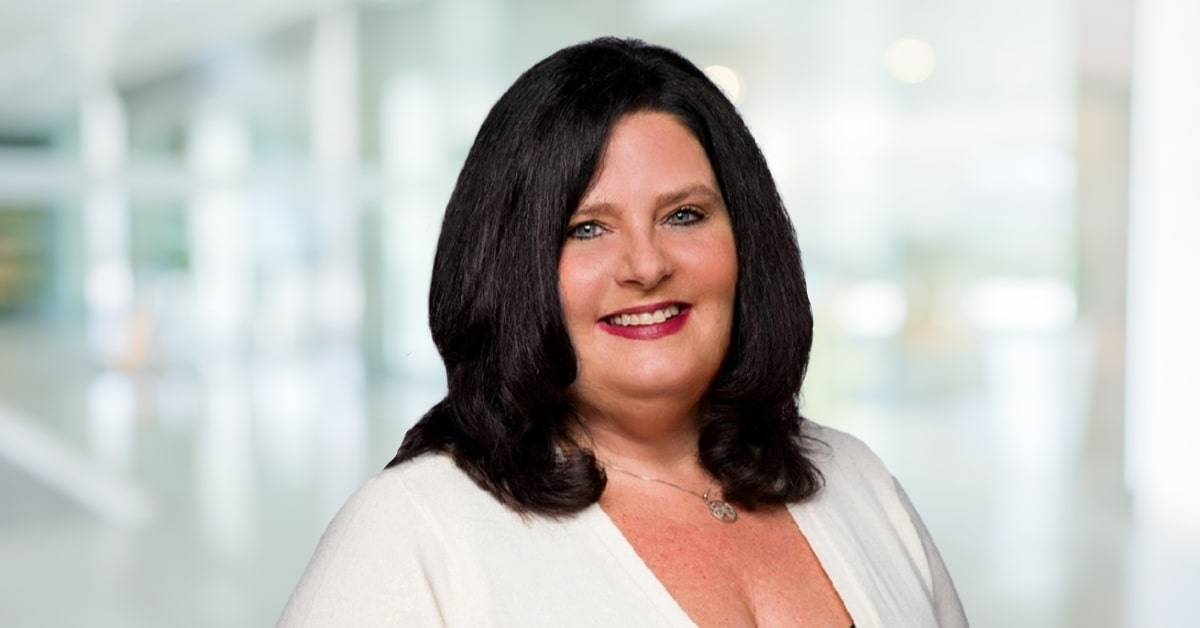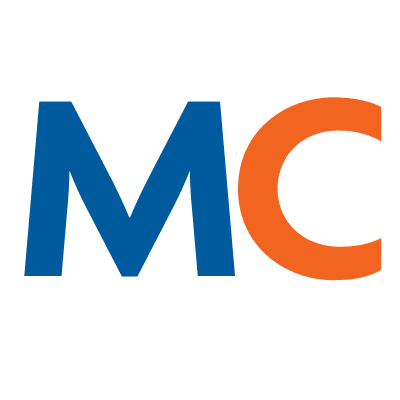- Solutions
- Solutions
- Home Health
- Hospice
- Life Plan Community
- Palliative Care
- Private Duty
- Senior Living
- Skilled Nursing
- Skilled Nursing
- Skilled Nursing Software
- Advanced Insights
- Customer relationship management
- Data and analytics
- Financial & operations management
- Marketing
- Nutrition management
- Referral management
- Regulatory compliance
- Retail management
- Resident engagement
- Revenue cycle management
- Skilled nursing interoperability
- Partners
- Blogs
- Resources
- About

Tech trends coming in 2024 for home health and hospice
When considering the future of care in home health and hospice, three words come to mind: passive, proactive and predictive — and technology plays a large part in all of it.
Passive care
The future will be about bridging episodes of care and the moments in between, to create a full longitudinal view of the patient through technology allowing those interactions to be more passive.
Proactive care
By capturing both subjective information (“How are you feeling?”) as well as objective data (i.e., heart rate, sleep patterns, etc.), providers can make more informed, proactive decisions about patient care.
Predictive care
How can providers use reporting, analytics and insights that are driven through machine learning to be more predictive? More visibility into how a patient is doing in the relative general population can provide insight into how they are trending — allowing clinicians to then predict how and when to engage with patients and families.
The possibilities of machine learning in home health and hospice
Machine learning is a type of artificial intelligence (AI) that uses data and algorithms to imitate performance and carry out tasks. With its ability to “learn” workflows typically done by humans via technology, it can help ease the administrative burden that is often felt in this line of work by acting as an assistant. This can result in clinician and back-office roles becoming more efficient, increasing productivity and driving better outcomes. Here are a few ways machine learning can impact an organization:
- Build a pre-visit summary: Information can be pulled from PDFs, documents and charts to automate pre-visit summaries, which can often take clinicians up to 90 minutes to complete before the initial patient visit.
- Populate the patient record: Instead of a voice transcription captured during the visit just attaching to the patient record with no plan on how to assess that data, machine learning can decode it, identify gaps and prompt the caregiver to go back and collect any missed information.
- Build a personalized plan of care: Machine learning can also assist in post-visit tasks by creating a personalized care plan for patients based off of information collected both before and during the visit.
Machine learning is no replacement for human connection
Machine learning is a supportive technology, not a replacement technology. It’s important to always be sure that it’s not taking the clinician or the back-office worker out of the loop.
While clinicians are the ones in the home facilitating care, they oftentimes go into a visit without much insight into what to prioritize. Machine learning can provide more information and insight into how they can engage proactively and in a predictable way.
The role of machine learning (and of technology in general) is to provide insights so that the clinicians can make more informed decisions. It can bring information forward in a way that’s consumable and helpful, that takes the repetitive processes out of their daily tasks, and automates those workflows — ultimately empowering them to drive better outcomes.
The future of revenue cycle management
Tech trends in 2024 will also impact revenue cycle management. Technology is shifting to make RCM more efficient to intake patients, and to code, bill and collect for those patients.
Process automation will reduce repetitive tasks and increase the completeness of information — while cutting down on the need for human intervention. Optimizing the completion and accuracy of records before claims are submitted can help ease administrative burden and allow clinicians to work at the top of their license.
Ready for these technologies? Request a demo today and learn how MatrixCare can help you stay ahead of the trends in 2024 and beyond.
See what MatrixCare can do for you
Tim Smokoff
Tim is the General Manager, Home Health and Hospice, at MatrixCare. He is a seasoned healthcare leader, keenly focused on advancing data-driven technology solutions, driving operational excellence, and fostering strategic innovation. Building on more than 25 years of extensive success leading software operations, Tim guides the overall strategic direction and operational execution of MatrixCare's Home Health and Hospice business vertical.
Related Posts


See MatrixCare in action
Start by having a call with one of our experts to see our platform in action.
MatrixCare offers industry-leading software solutions. Thousands of facility-based and home-based care organizations trust us to help them improve efficiency and provide exceptional care.
© 2024 MatrixCare is a registered trademark of MatrixCare. All rights reserved.






